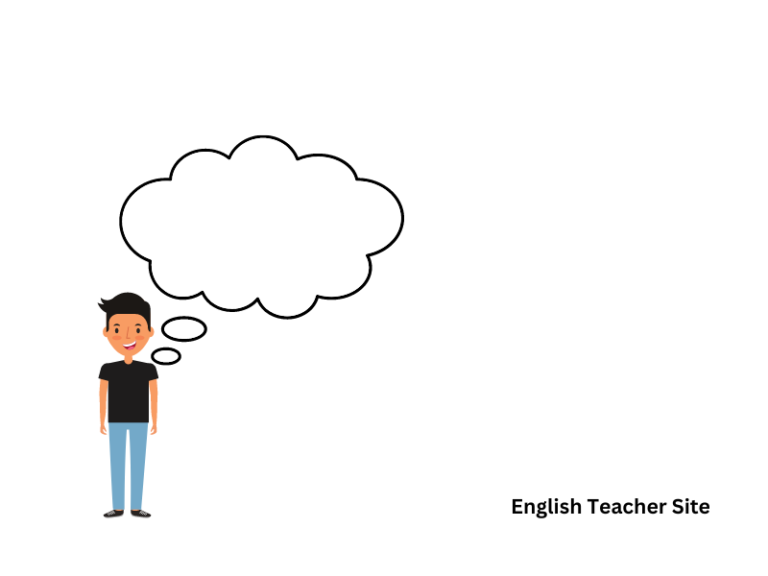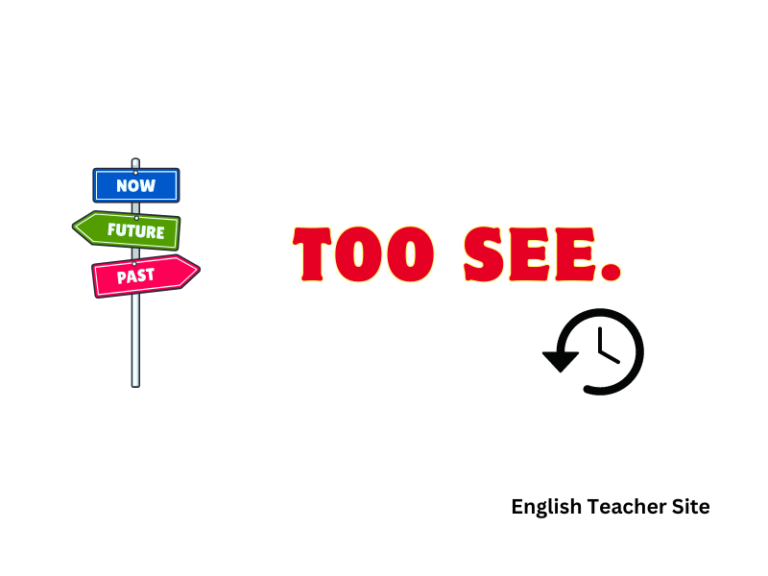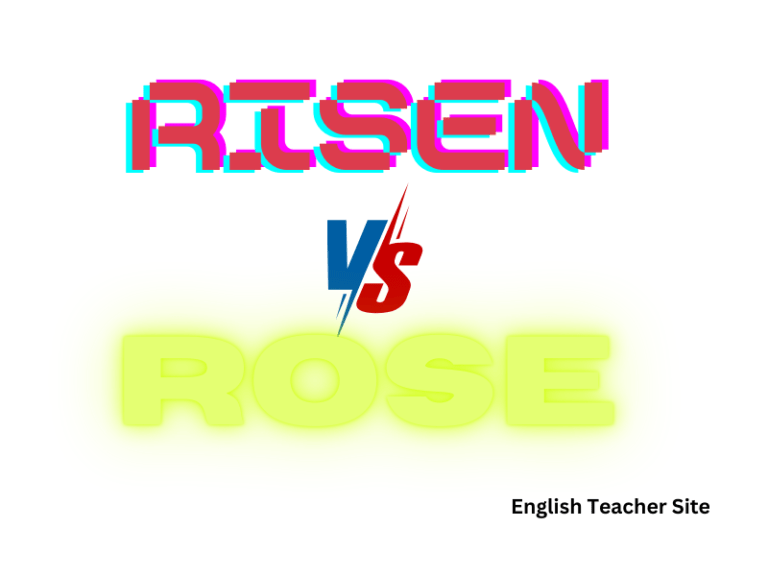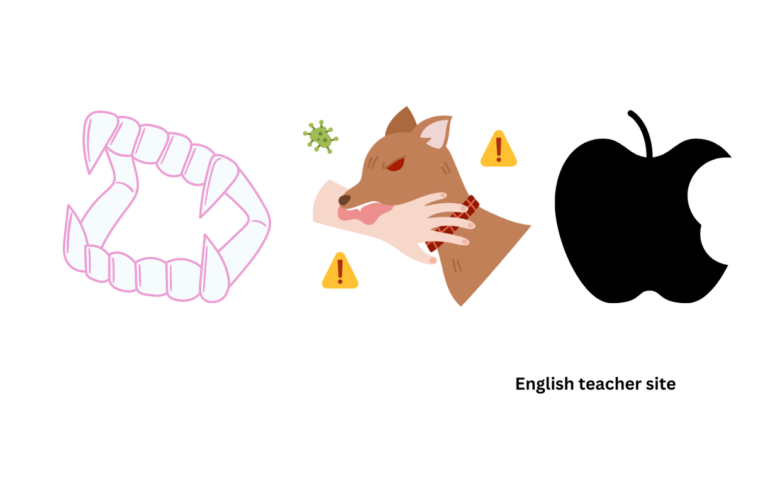What Is the Past Tense of Teach: Understanding Simple Past Form
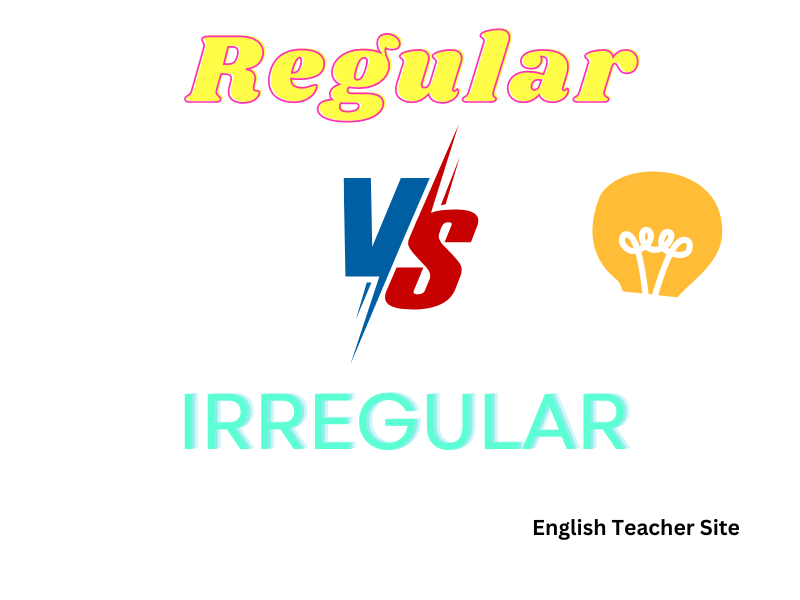
- The past tense and past participle of “teach” is “taught.”
- “Teach” is an irregular verb, not adhering to the regular “-ed” suffix pattern.
- Various idioms and historical usage enrich the verb’s presence in the language.
The use of “taught” functions the same way across various sentence structures and tenses where the past action of teaching is addressed, whether it involves instructing someone in a specific subject or providing guidance on a skill. In addition to its standard usage, “teach” appears in a number of idioms and expressions that color the English language with rich meaning, further exemplifying the verb’s adaptability across different contexts.
What Is the Past Tense of Teach?
The past tense of the verb “to teach” is “taught”. This form is used to describe an action of teaching that was completed in the past.
In English, the verb “teach” follows a pattern similar to other irregular verbs, where its past forms (both simple past and past participle) do not adhere to the standard -ed ending that is typical for regular verbs. Instead, “taught” is used for both the simple past tense and the past participle.
Verb Forms of “Teach”
| Tense | Form |
|---|---|
| Simple Present | teaches |
| Present Participle | teaching |
| Simple Past | taught |
| Past Participle | taught |
When conjugated in the third-person singular in the simple present tense, the verb becomes “teaches,” as in, “She teaches mathematics.” The present participle or gerund form of “teach” is “teaching,” which can be used in various continuous tenses, for example, “They are teaching the class.”
To summarize the past forms, both “taught” as the simple past tense and “taught” as the past participle reflect the action of teaching after it has occurred. For example, “He taught Spanish last year,” or “She has taught English for five years.”
Forms of Teach
In English, the verb “teach” has distinct forms used to indicate tense, which are essential in constructing accurate sentences.
Identifying Variations
The base form of the verb is teach. The past tense of teach and the past participle form is taught. These are the forms most commonly used and are necessary for proper grammatical structure.
- Base Form: teach
- Past Tense: taught
- Past Participle: taught
The present tense varies depending on the subject:
- First Person Singular: I teach
- Second Person Singular: You teach
- Third Person Singular: He/She/It teaches
- First Person Plural: We teach
- Second Person Plural: You teach
- Third Person Plural: They teach
The present participle, used for continuous tenses, is teaching.
Regular or Irregular: Is Teach a Regular or Irregular Verb?
When discussing the conjugation of the verb “teach,” it is important to determine whether it follows a regular pattern or if it deviates from the norm, making it irregular.
Understanding Verb Characteristics
“Teach” is classified as an irregular verb in the English language. This designation is based on its past tense forms, which do not adhere to the standard pattern of adding “-ed” to the base form. Instead of following a predictable structure, “teach” transforms into “taught” in the simple past tense. This alteration is a prime characteristic of irregular verbs, which typically require memorization due to their lack of consistent rules for conjugation.
Past Tense and Past Participle of Teach
The past tense and past participle form of “teach” is “taught.” Both forms are used differently in the English language, which can sometimes lead to confusion.
Differentiating Past Forms
When discussing the past tense of “teach,” one refers to the simple past, the verb form used to describe an action that was completed in the past. In this case, “teach” becomes taught. For instance, “Yesterday, she taught math to the students.”
The past participle, meanwhile, is also “taught.” It is used with auxiliary verbs to form perfect tenses. For example, in the sentence “He has taught English for many years,” “taught” is the past participle. It is important to note that the past participle form is essential in the construction of present perfect, past perfect, and future perfect tenses.
Examples of Teach in Present Tense
These examples will employ the simple present, present continuous, and present perfect forms of “teach.”
Illustrating Present Usage
In the Simple Present tense, “teach” is most commonly used to describe general truths or habits.
- He teaches mathematics at the local high school.
- She teaches English online to students from around the world.
Using the Present Continuous tense, one can describe an action that is currently happening or a temporary situation.
- He is teaching a class right now.
- They are teaching their dog new tricks.
The Present Perfect tense of “teach” highlights actions that have occurred at some time in the past or that started in the past and continue to the present.
- She has taught at three different universities so far.
- They have been teaching at the summer camp every year since 2015.
Examples of Taught in Context
The simple past tense of “to teach” is “taught,” which conveys an action that was completed in the past. This section provides examples demonstrating its correct usage.
Demonstrating Past Usage
- In an academic setting: “The professor taught her students about quantum mechanics.”
- During skill training: “The coach taught him how to improve his serve in tennis.”
These instances clearly show “taught” as the action executed by the subject in the past.
Idioms that Involve the Verb “Teach”
Let’s explore some of these idiomatic expressions:
- Teach someone a lesson: To cause someone to suffer for a mistake, thereby hoping they do not repeat it.
- You can’t teach an old dog new tricks: Suggests that it is difficult to change someone’s established habits or ways.
- Teach your grandmother to suck eggs: Implies giving advice to someone on a subject about which they are already knowledgeable.
- Those who can, do; those who can’t, teach: A controversial proverb implying that people who are able to do something well can do that thing for a living, while those who are not able to do anything well become teachers. This idiom is often disputed and seen as disrespectful to teachers.
Here’s a simple display of these idioms and what they imply:
| Idiom | Implication |
|---|---|
| Teach someone a lesson | Causing suffering due to a mistake. |
| You can’t teach an old dog new tricks | Hard to change established habits. |
| Teach your grandmother to suck eggs | Advising someone on a known subject. |
| Those who can, do; those who can’t, teach | Controversial view of ability and teaching prowess. |
Origin of the Verb “Teach”
The verb “teach” comes from the Old English word tæcan. The past tense of “teach,” taught, traces back to the Old English form tæhte, with the past participle being tæht. The etymological roots of “teach” are found in the Proto-Germanic taikijan, which means “to show.”
Moreover, the Proto-Germanic origin is itself derived from the Proto-Indo-European root deik-, meaning “to show,” or “to point out.” This root is also the source of words in other languages, such as the Old High German zihan and German zeihen, meaning “to accuse,” and the Gothic ga-teihan, meaning “to announce.”
Over the centuries, the semantics of “teach” expanded beyond just showing or demonstrating, incorporating concepts such as giving instruction, training, directing, persuading, and warning. This linguistic evolution mirrors the development of educational practices from simple demonstrations to structured learning.
| Old English | Proto-Germanic | Proto-Indo-European |
|---|---|---|
| tæcan | taikijan | deik- |
In modern English, “teach” encompasses the process of imparting knowledge or skills and facilitating learning through guidance, explanation, and instruction. The semantic breadth of the word in contemporary usage reflects its historical depth, demonstrating the fluid nature of language over time.
Source
2. Harper, Douglas. “Etymology of teach.” Online Etymology Dictionary, https://www.etymonline.com/word/teach
3. “Teach.” TheFreeDictionary.com. https://idioms.thefreedictionary.com/teach
My name is Khamis Maiouf. I am the creator of the English Teacher Site, dedicated to providing valuable resources and insights for students around the world. With a passion for education and a commitment to helping students enhance their skills, I aim to make English teaching more effective and enjoyable for both educators and students.

